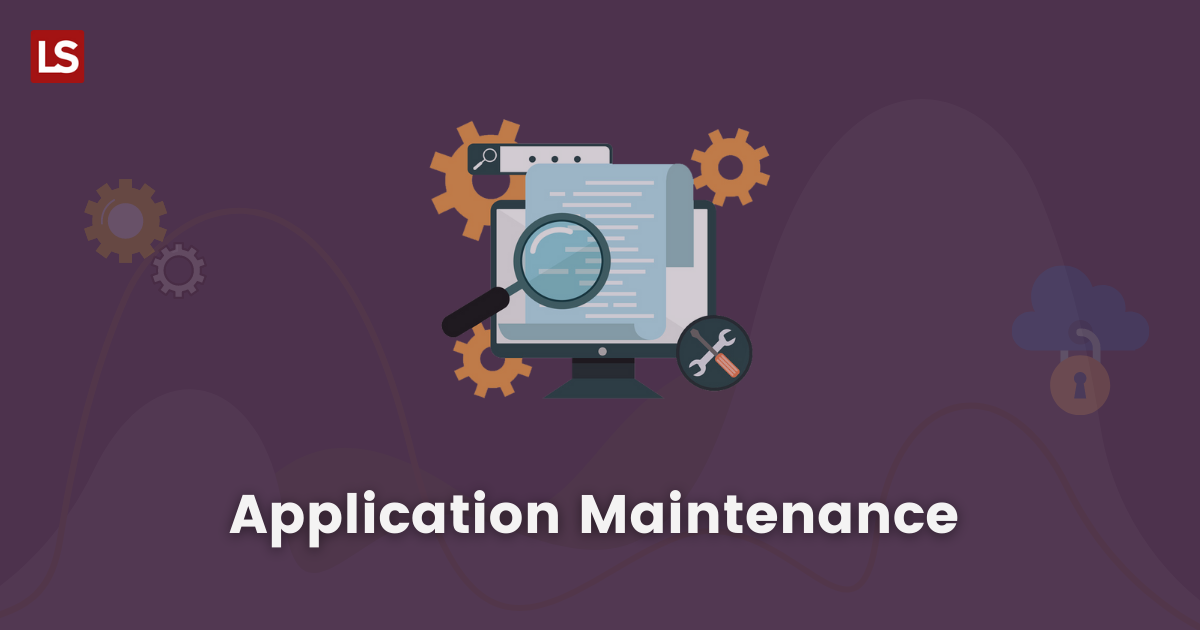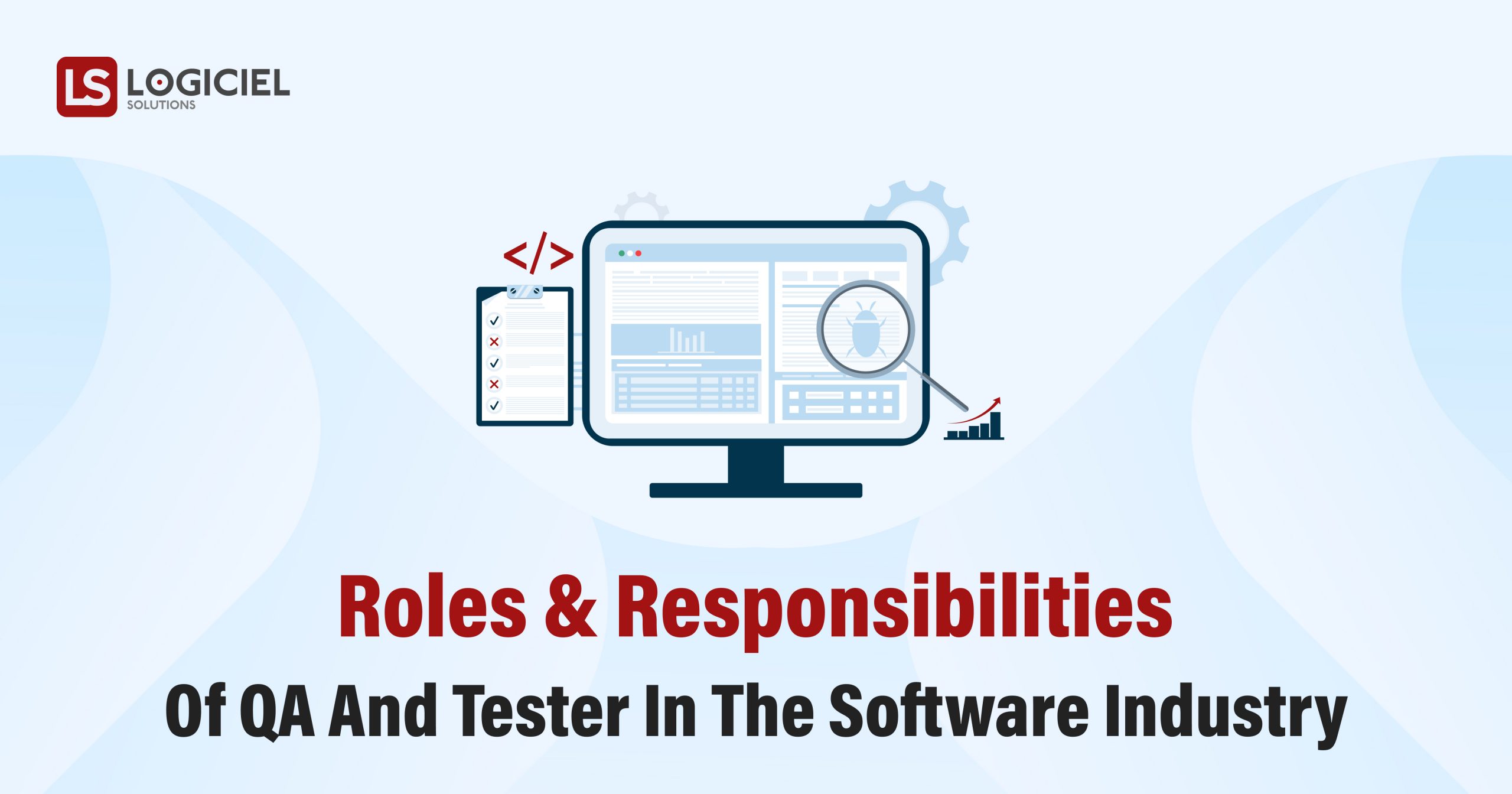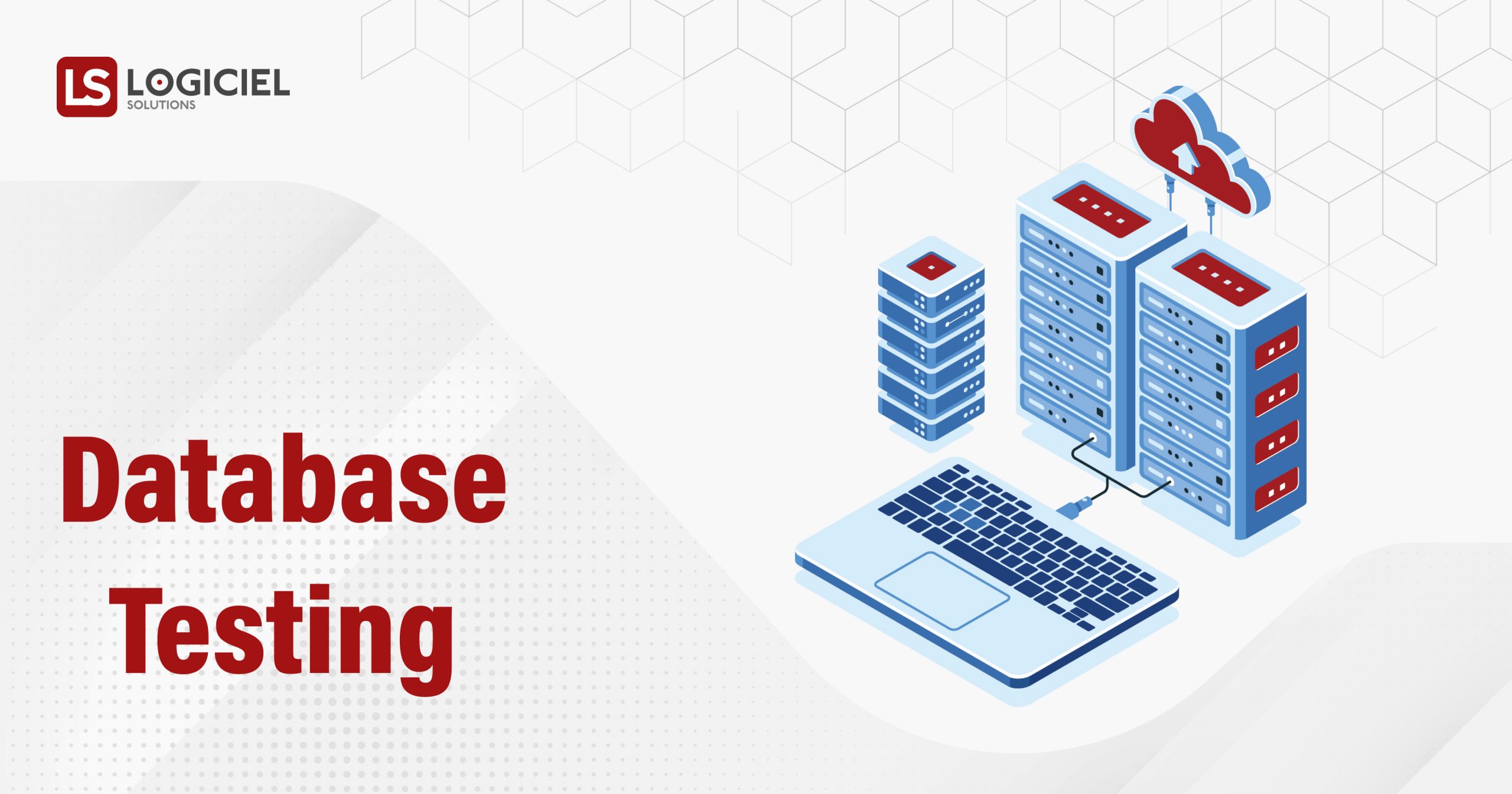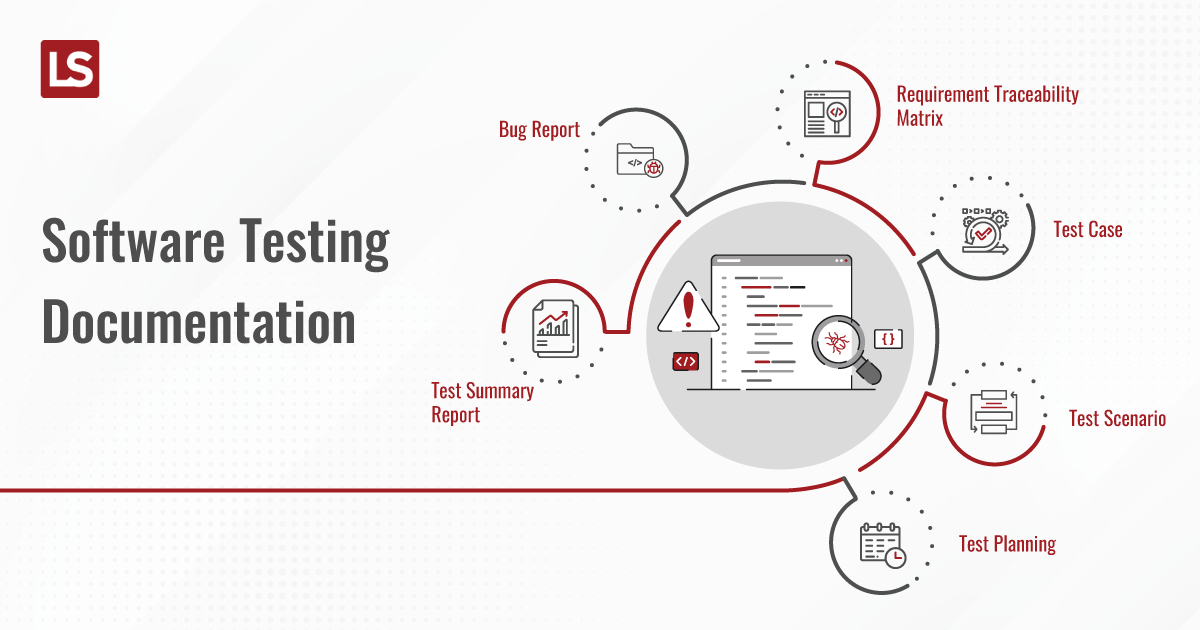Apps, internal and external, have become the backbone of the Internet and the mobile industry. From startups to big enterprises, there is an app for everyone out there. If one goes deeper into this conversation, one realizes these might be in the form of mobile apps, web apps, or even internal business driven applications. In order to make the business successful, and maximize your outreach, you need to know how to run and maintain your internal and external applications successfully.
Application maintenance in its entirety
Since change is the only constant in today’s world, there is a lot to look forward to in terms of application running and maintenance. These changes could be in terms of new updates, fixing of bugs, installing security patches, or even amending the existing functionalities of applications.
Either way, despite having a ton of changes to look forward to, all of these are imperative to keep the application running smoothly and prevent it from going redundant eventually.
Read on for some interesting ways, which might seem rather simple initially, but once implemented, can make your application’s maintenance a cinch.
Fixing and tracking bugs for better functionalities
App users are fickle minded; a customer expects an application to be responsive, error free, user friendly and intuitive. It hardly takes time for a user to delete a mobile app, or exit from a website, in case any of the above expectations are not met.
What does a negative experience lead to? Brand damages, loss of customers and brand shaming on social media. But what are the underlying causes for these application issues? Bugs, of course.

Bugs are a strong indicator of an app’s weak points; leaving them untreated can cause processing delays, negative customer experiences and even cyber-attacks, in the long run.
Bugs are defects in an application’s coding/designing structure, which lead to a multitude of problems eventually. Application developers often find it useful to check and fix bugs during the development cycles, to avoid any mishaps later on.
Despite significant bug fixes, there are certain times wherein one might still face issues in the application. These errors/bugs need to be addressed via customer feedback, regular updates and random testing drives, to ensure an error-free customer experience for the end users.
- I. Fix a bug today, save costs tomorrow: During the development phase, the app developers allow a considerable amount of time for tracking and fixing bugs. However, once the app has gone live, opening up the Pandora’s box again might seem cumbersome, time ineffective and rather complex.
- II. Unfixed bugs can lead to customer dissatisfaction: If an app is rolled out to customers with defects in it, there are high chances of customer dissatisfaction. Such problems often make the customer feel unsure about service quality.
Customer Experience

Customer experience is probably one of the most important factors to consider while running and maintaining a business application.
Application maintenance is all about using mobile and web apps to reach customers, making their lives easier, while attracting new customers. This way, your brand will reach the pinnacles of success, while keeping your customers happy.
As a part of the maintenance cycle, applications need to be updated regularly. This would mean employing changes related to availability, performance, responsiveness and resilience of the application.
Through appropriate feedback models, customers should be allowed to provide their feedback on an app’s performance and other parameters. This way, customers feel they are being heard by the developers, and enhancements can be made in a timely manner.
A note of caution though; once the customer gives feedback, it needs to be incorporated into the app, through a technical upgrade, bug fixes or system changes. If the feedback is not incorporated, the customer might end up feeling dissatisfied with service quality and may further disassociate themselves from the brand in question.
Data Backups
Data backups is an integral part of app maintenance, simply because it does not put a business/organization at the mercy of hackers.
As per Nationwide Insurance’s research, close to 68% of global businesses don’t have a disaster recovery plan in place. The rest of the businesses which do have a plan, may not always be able to implement it effectively to recover their data.
Some additional reasons why data backups are an integral part of the app maintenance process include, but are not limited to:
I. Loss of valuable data: Data, in all shapes and forms, is the backbone of any organization. In case of cyber breaches or any other form of cyber-attacks, businesses can lose their brand’s goodwill, thereby creating a negative image in the eyes of the customers.
II. Permanent data loss: Let’s put it bluntly; anything not backed up, gets lost for good. Without a suitable, yet effective data backup and disaster recovery plan, all valuable customer, business and other relevant data will be permanently lost, and this might have a direct impact on important long term strategic decisions within an
organization.
III. Cyberattacks are evolving: Last but not the least, cyberattacks are evolving on a continuous basis. Ransomware, DDoS, malware, supply chain attacks, data breaches, and zero-day exploits are just some common cyberattacks. Every day, such hacks are evolving and we don’t know what’s going to hit us next. In such cases, having a backup will always prove to be a silver lining to your business’s cloud.
Security

So, how can a business ensure their applications are hack proof and will continue to keep hackers at a distance throughout their life? Application security is an all-time constant, and is considered to be a multi-layered process. Even though such security measures take place during the development process, app maintenance needs to include tools to protect apps post development.
Application security is a process in itself, and consists of a few simple, yet effective procedures, which can help reinforce the idea. Some of these are:
1. Testing
2. Benchmarking
3. Source code encryption
4. Secure the data-in-transit
5. Prevent unintended data leakages
6. Minimize storage of sensitive data
While testing and benchmarking will be effective during the initial stages, it’s always important to safeguard your app’s code to avoid unethical hacking. These can be ensured through securitization, encryption and safeguarding confidential data
Data analytics, as a catalyst for smooth application maintenance
Once a mobile app/website is developed, there are a ton of things which need to be monitored. One such crucial point revolves around analytics, which will provide you meaningful data pertaining to the use of your application, the type of customers visiting your app, their actions on each different interface, the most popular content, total conversions, so on and so forth.
Here are some additional points which prove the worth of analytics within the maintenance process:
I. Get to know your application visitors: For an application to be successful, it needs to cater to a targeted audience. This would mean understanding the type of visitors based on their demographics, interests, time spent on each different screen/page, type of device used for accessing the application, application to device compatibility, etc. With such pieces of valuable information available through a series of easy-to-understand analytical tools, rest assured, you will be able to work on a seamless plan of action(s) to further improve your application’s processing speed and front-end delivery.
II. Retain the good and do away with the bad: As an application owner, customer feedback is extremely important. However, every time, you don’t need to reach out to the customer to get their feedback. Analytical
data can also provide you a lot of information, which can further be used to enhance customer experience.
Some simple statistics include:
a. Which content gets the frequent visits
b. Average duration of customers on each page/screen
c. Bounce rates for websites and mobile app conversions, especially for e-commerce sites
While these might seem like basic numbers, they are extremely relevant to ensure your application is offering the best experience to end users and, if applicable, has the maximum conversions.
Analytics driven decisions will never let you falter in your decisions. Such insights are a gold mine and will offer foolproof strategies for application owners looking to enhance their productivity and customer experience.
Technical Updates
Why are technical updates important? Simply put, it is almost like upgrading your own knowledge and skills to remain relevant in today’s competition. Having said this, app developers listen to user feedback and often roll out technical updates to make their apps more relevant to the end users.
Operating systems, Internet browsers, Programming languages / frameworks, databases as well as most other tools used to build an application, continuously releases updates. Is it imperative for an application to remain up to date with all these versions and avoid having to face a situation where older versions get deprecated and are no longer supported?
Android and Apple have massive OS releases, which are derived on the basis of an understanding for app owners to continuously upgrade their own systems simultaneously. Apps, which aren’t updated regularly, often get tagged as ‘obsolete’ which can push all your hard-earned money and years of effort into the drain.
In an ideal situation, an app should be updated at least once a month. Technical updates can include security patches, new enhancements, customer induced feedback related updates, or anything the app developers deem necessary. To avoid any unnecessary issues at a later stage, you should have a roadmap ready for the next 6 releases.
Pay heed to user feedback; this would be extremely helpful in improving the performance of your application. Additionally, backend analytics, crash reports and other diagnostics will also help a developer plug in the gaps and maintain the longevity of the app.
Conclusion
App maintenance is a continuous process, which has a lot of impact on how customers and hackers perceive your final application. Even though the process of application maintenance might seem tedious and time-consuming, it has a series of benefits, which can only be availed by following the right policies and procedures.
In a nutshell, through the process of application maintenance, developers can fix bugs to enhance customer experience, safeguard their applications from data losses and cyberattacks, by ensuring regular security measures are in place. All this can be enabled during the building and development stage, and also at the time of technical updates.




